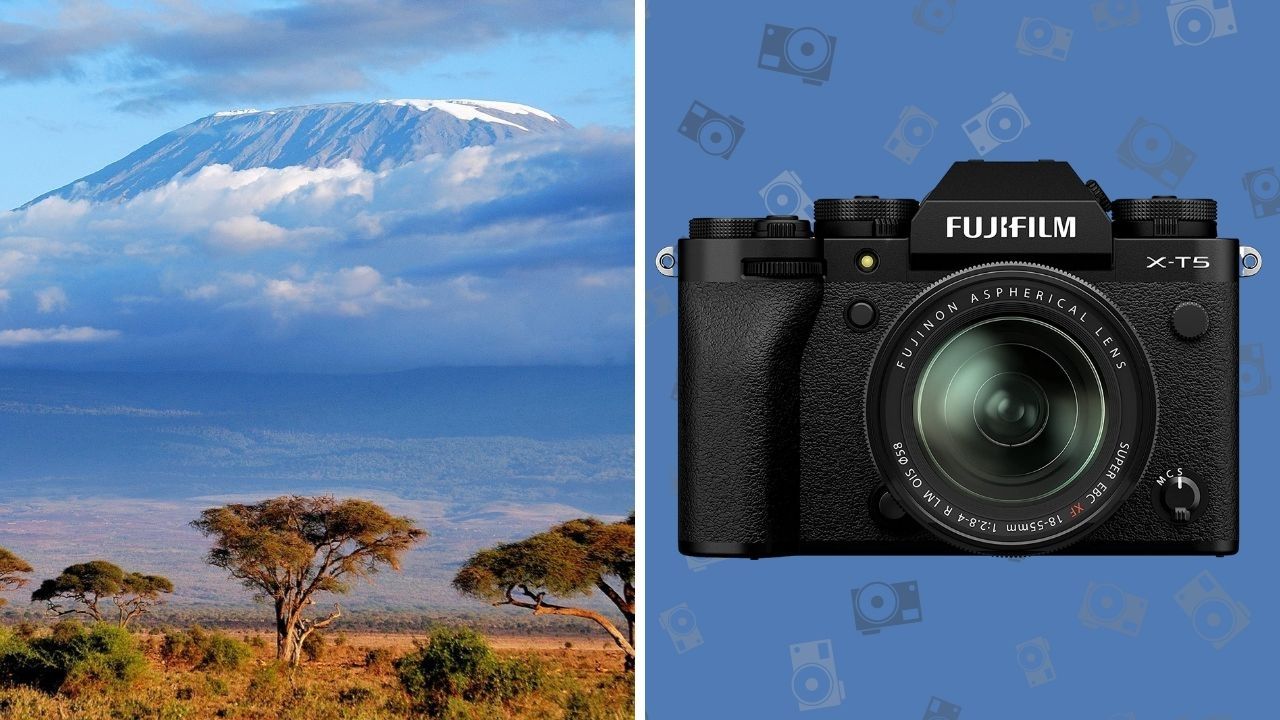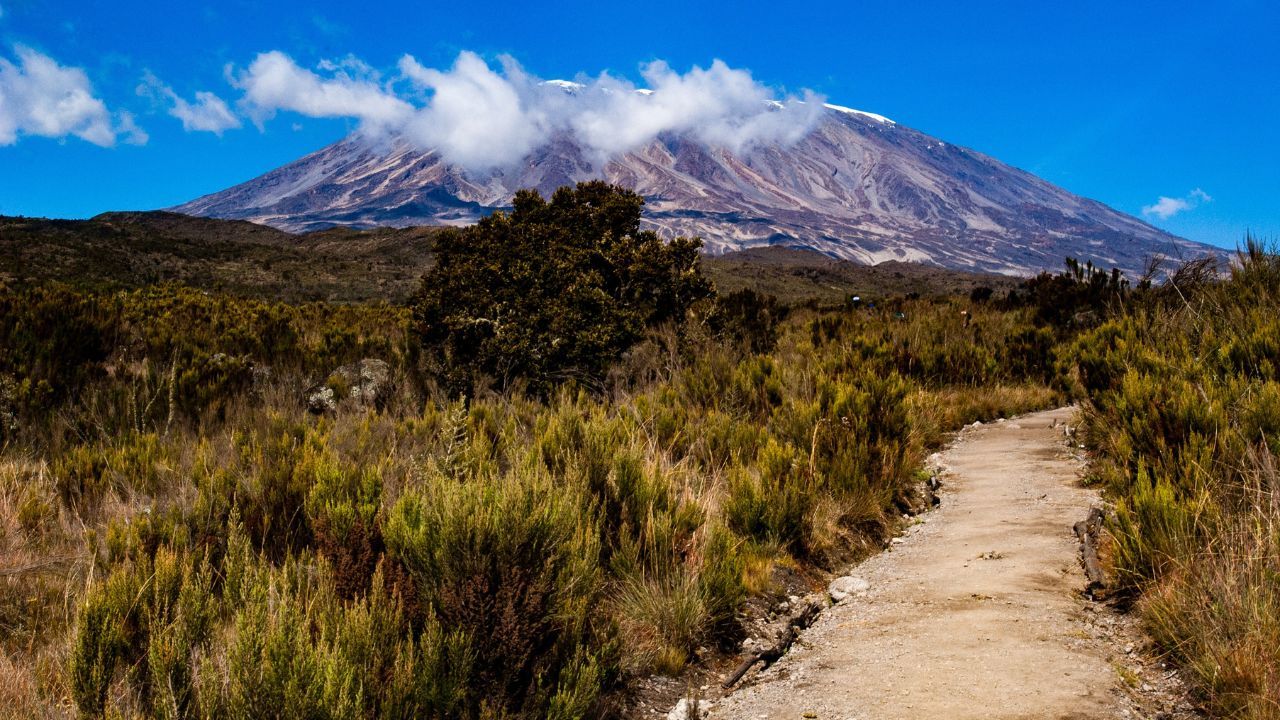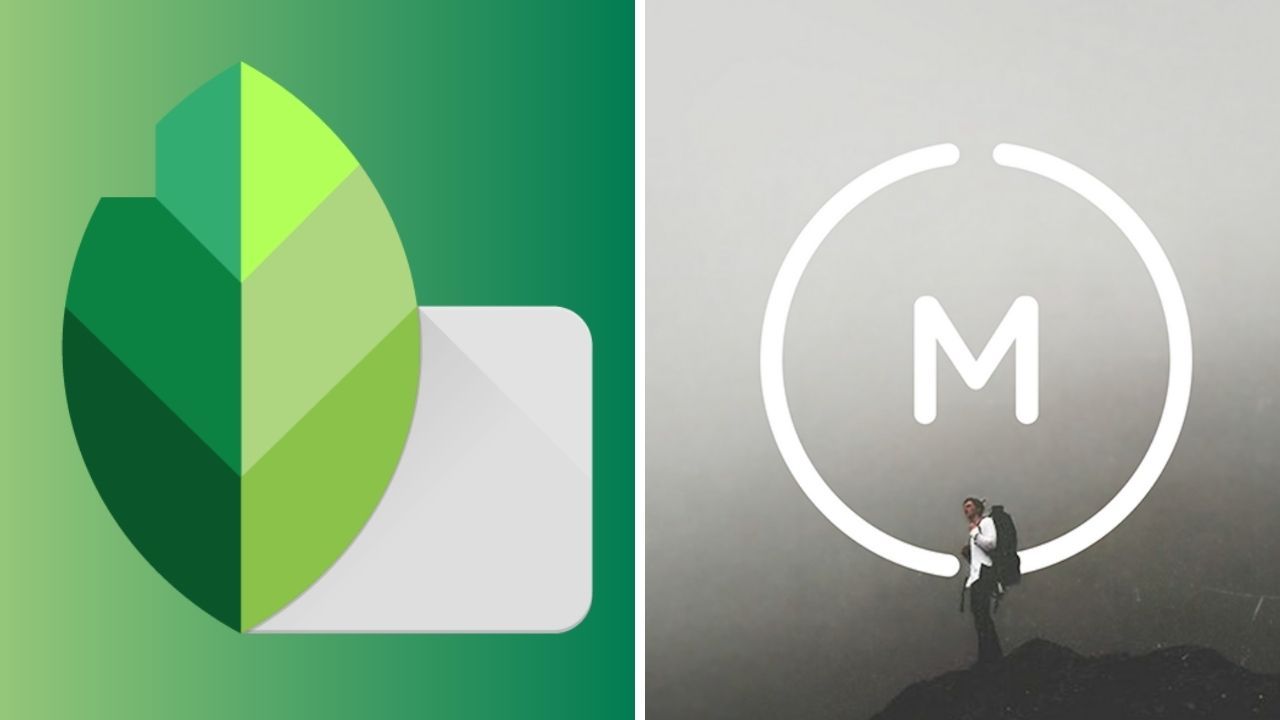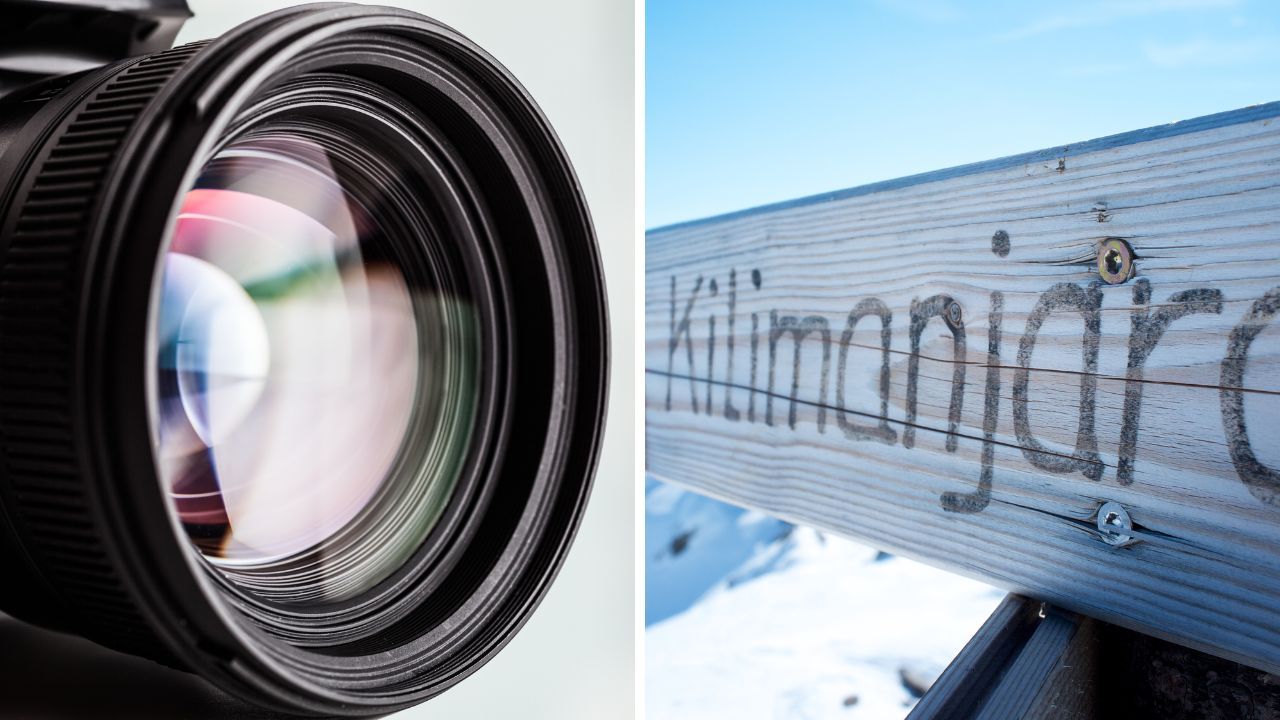
How to Protect Your Camera Gear During a Kilimanjaro Hike
Discover practical tips to safeguard your camera gear during a Kilimanjaro hike, ensuring stunning photos while protecting your equipment.
Ah, Mount Kilimanjaro - the highest peak in Africa and one of the most sought-after hiking destinations in the world.
As you embark on this incredible journey, you'll want to capture every breathtaking moment with your trusty camera gear.
However, protecting your equipment during the hike is crucial, as the harsh weather conditions, dust, and other potential hazards can wreak havoc on your precious gear.
We'll provide you with practical advice on how to keep your camera equipment safe and sound throughout your Kilimanjaro adventure. So, buckle up, and let's get started!
Preparing for the Kilimanjaro Hike
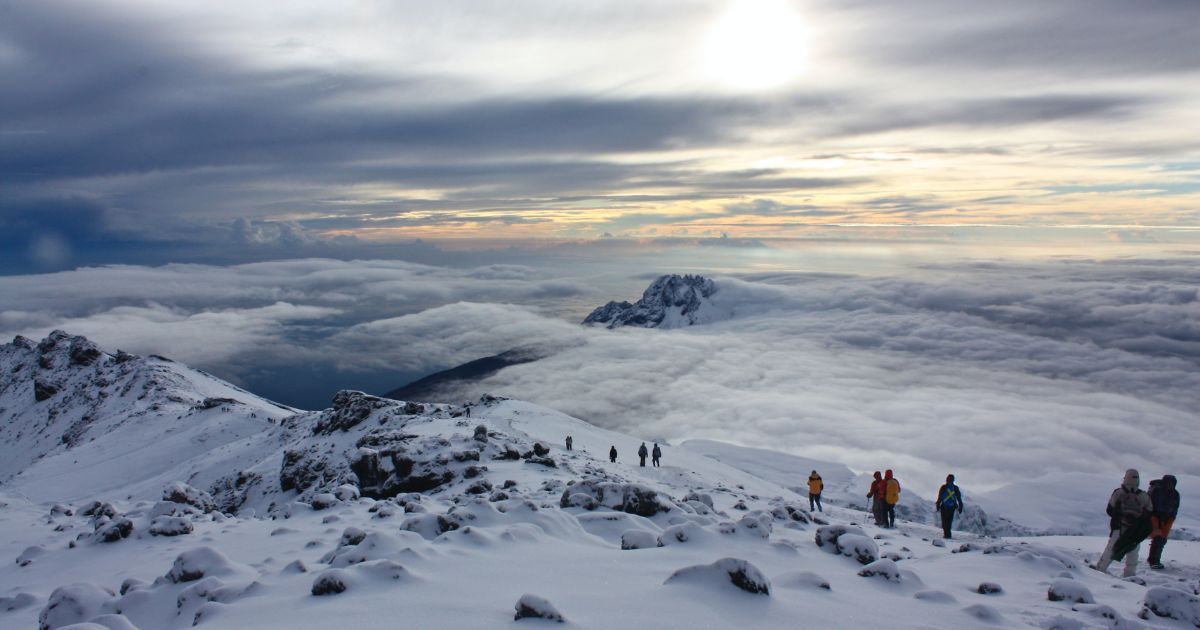
Researching Weather Conditions and Potential Hazards
Before you even step foot on the mountain, it's essential to research the weather conditions and potential hazards you may encounter during your hike.
Kilimanjaro's climate can be unpredictable, with rain, snow, and extreme temperature fluctuations all being possibilities. Familiarize yourself with the typical conditions during the time of year you plan to hike and prepare accordingly.
Pro tip: Keep an eye on local weather forecasts leading up to your trip to stay informed about any unexpected changes.
Understanding the Challenges of High-Altitude Photography
Photography at high altitudes presents its own set of challenges, such as reduced battery life, increased UV radiation, and potential condensation issues.
- Be prepared to adapt your photography techniques and take extra precautions to ensure the safety of your camera gear.
- To combat the increased UV radiation at high altitudes, consider using a UV filter to protect your lens and improve image quality.
Choosing the Right Camera Gear for the Hike
Selecting the appropriate camera gear for your Kilimanjaro hike is crucial. Lightweight and durable equipment is ideal, as you'll be carrying it with you throughout the entire trek.
- Opt for weather-sealed cameras and lenses, as well as compact tripods and other accessories that can withstand the elements.
Think of your camera gear as your hiking boots - you wouldn't want to bring heavy, ill-fitting boots on an arduous hike, would you? The same goes for your camera equipment!
Protecting Your Camera Gear from Harsh Weather Conditions
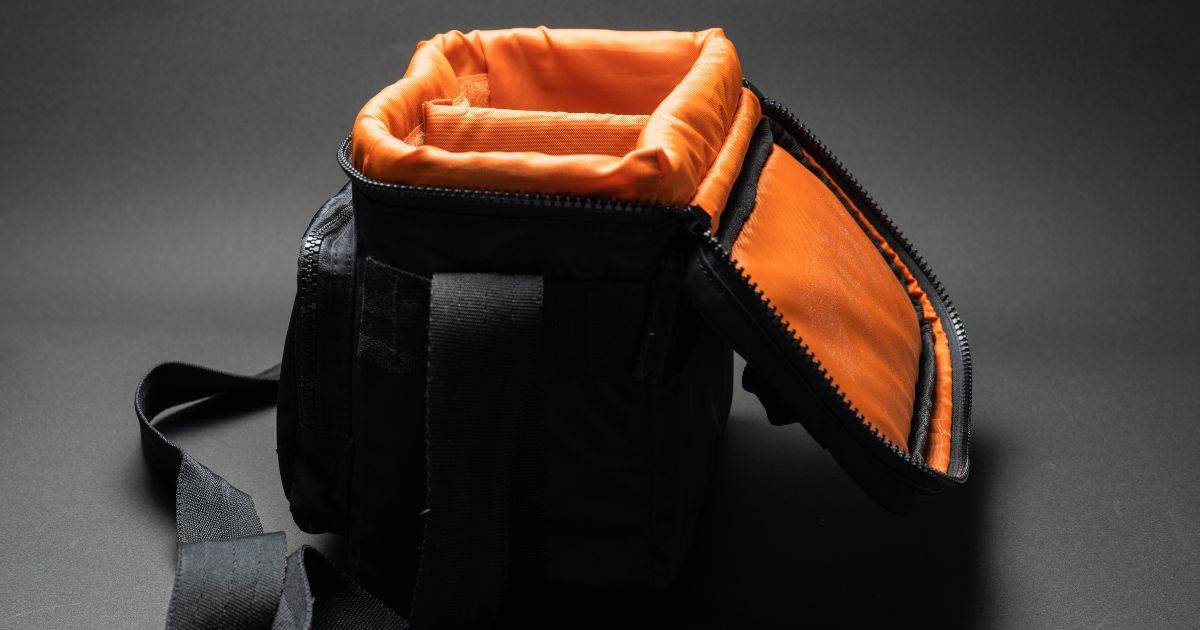
Using Weather-Resistant Camera Bags and Cases
Invest in a high-quality, weather-resistant camera bag or case to protect your gear from the elements.
- Look for bags with waterproof materials, sealed zippers, and padded compartments for added protection.
Pro tip: Consider using a backpack-style camera bag for easy access and even weight distribution during the hike.
Protecting Your Camera and Lenses with Rain Covers
Rain covers are essential for safeguarding your camera and lenses during unexpected downpours.
- These lightweight and compact accessories can be easily stowed in your camera bag, ready to be deployed when needed.
- Look for rain covers that can be quickly and securely attached to your camera, allowing you to continue shooting even in wet conditions.
Keeping Your Gear Dry with Silica Gel Packets and Waterproof Containers
Moisture is a camera's worst enemy. To keep your gear dry, store it in waterproof containers or use plastic bags as an additional layer of protection.
- Toss a few silica gel packets into your camera bag to absorb any residual moisture.
Pro tip: Don't forget to replace the silica gel packets periodically, as they lose their effectiveness over time.
Tips for Handling Your Camera in Cold Temperatures
Cold temperatures can cause your camera's battery life to plummet and create condensation issues.
- Keep your batteries warm by storing them close to your body, and avoid sudden temperature changes that can cause condensation to form inside your camera and lenses.
- When entering a warm environment after being in the cold, keep your camera inside your bag for a while to allow it to gradually acclimate to the temperature change.
Protecting Your Camera Gear from Dust and Dirt
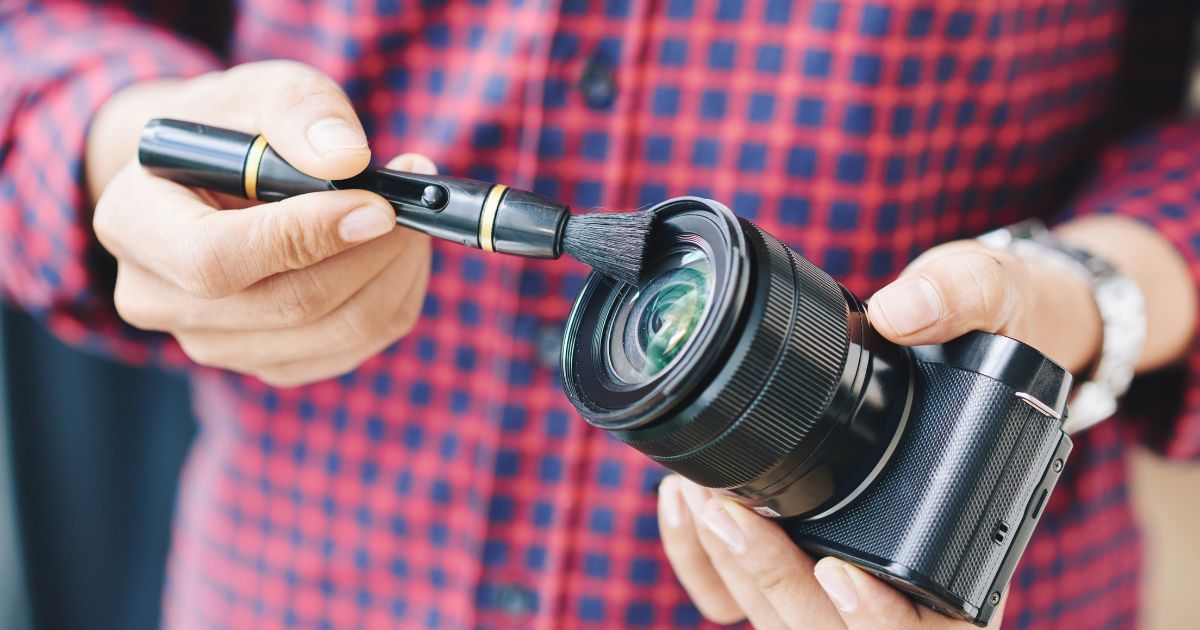
Cleaning Your Camera and Lenses Before the Hike
Start your hike with a clean slate by thoroughly cleaning your camera and lenses before setting off.
- Use a lens cleaning solution, microfiber cloth, and air blower to remove any dust, dirt, and fingerprints.
Pro tip: Don't forget to clean your camera sensor, as dust on the sensor can result in unwanted spots on your images.
Using Lens Filters to Prevent Scratches and Dust Buildup
Lens filters not only enhance your photos but also act as a protective barrier against scratches and dust buildup.
- Consider using a UV or clear filter on each of your lenses for extra protection during your Kilimanjaro hike.
- Think of lens filters as sunglasses for your camera - they shield your lenses from harmful elements while improving image quality.
Storing Your Gear in Airtight Containers or Plastic Bags
Keep dust and dirt at bay by storing your camera gear in airtight containers or plastic bags when not in use.
This added layer of protection will help prevent dust from entering your camera and lenses, ensuring crisp, clean images throughout your hike.
Pro tip: Ziplock bags are an inexpensive and effective option for sealing out dust and dirt.
Regularly Cleaning Your Gear During the Hike
Stay vigilant about cleaning your camera gear throughout your Kilimanjaro adventure.
- Regularly wipe down your camera and lenses with a microfiber cloth, and use an air blower to remove any stubborn dust particles.
- Make a habit of cleaning your gear every evening when you reach your campsite, so you're ready for another day of breathtaking photography.
Ensuring the Safety of Your Camera Gear During the Hike
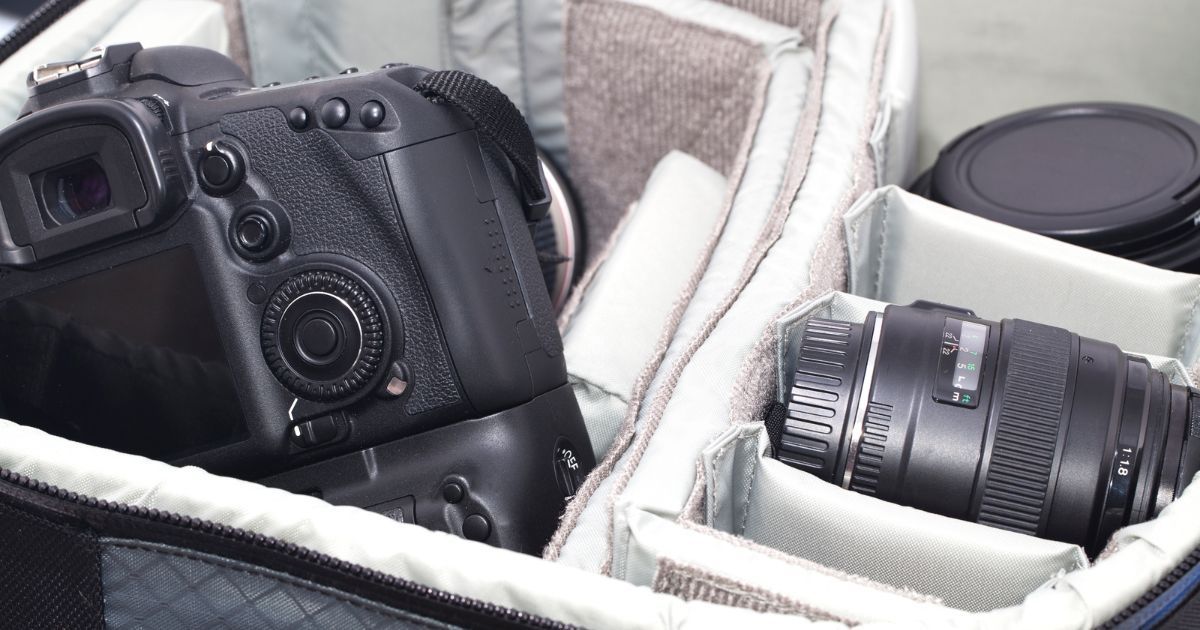
Properly Packing and Organizing Your Camera Gear in Your Backpack
Pack your camera gear strategically, placing heavier items at the bottom of your backpack and ensuring that delicate equipment is well-protected.
- Use padded dividers to create separate compartments for each piece of gear, preventing them from knocking against each other during the hike.
Pro tip: Keep frequently used items, like your camera and extra batteries, easily accessible for quick access during the hike.
Distributing Weight Evenly to Avoid Strain and Damage
Distribute the weight of your camera gear evenly in your backpack to avoid strain on your back and potential damage to your equipment.
- Consider using a backpack with adjustable straps and waist belts for added comfort and stability.
- Imagine your backpack as a scale; balance the weight on both sides to ensure a comfortable hike and prevent any tipping that could lead to damaged gear.
Securing Your Camera with a Strap or Harness While Hiking
Keep your camera secure while hiking by using a strap or harness system.
- This not only prevents accidental drops but also allows you to quickly grab your camera when that perfect shot presents itself.
- Camera harnesses and clips, such as those offered by Peak Design, allow you to securely attach your camera to your backpack strap for easy access.
Using Padded Dividers and Lens Wraps for Extra Protection
For an additional layer of protection, consider using padded dividers and lens wraps to cushion your camera gear within your backpack.
These accessories help absorb any shocks or impacts that may occur during the hike.
Pro tip: Look for dividers and wraps made from high-quality foam or neoprene for maximum protection.
Tips for Maintaining Camera Gear Battery Life at High Altitudes
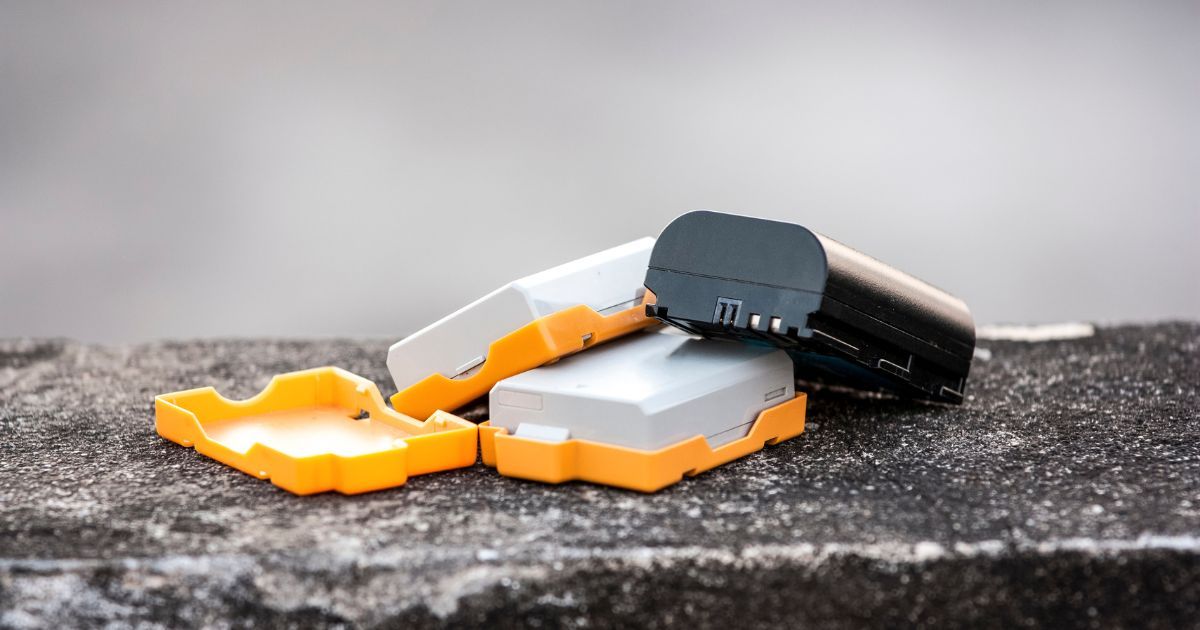
Carrying Extra Batteries and Keeping Them Warm
Cold temperatures can drastically reduce battery life, so it's essential to carry extra batteries and keep them warm.
Store spare batteries close to your body, such as in an inner jacket pocket, to maintain their temperature.
Consider using a small insulated pouch specifically designed for battery storage to keep them warm and organized.
Using Solar Chargers or Power Banks for Recharging
A solar charger or power bank can be a game-changer when it comes to maintaining your camera gear's battery life during your Kilimanjaro hike. These portable charging solutions ensure you always have access to power, even in remote locations.
Pro tip: Choose a solar charger or power bank with enough capacity to charge multiple devices, such as your camera, smartphone, and other electronics.
Turning Off Unnecessary Camera Features to Conserve Battery Life
Conserve battery life by turning off any unnecessary camera features, such as Wi-Fi, GPS, and image stabilization, when they're not needed.
Additionally, reduce the brightness of your camera's LCD screen to further extend battery life.
Example: Switch your camera to power-saving mode or manually adjust settings to optimize battery usage.
Insurance and Backup Options for Your Camera Gear
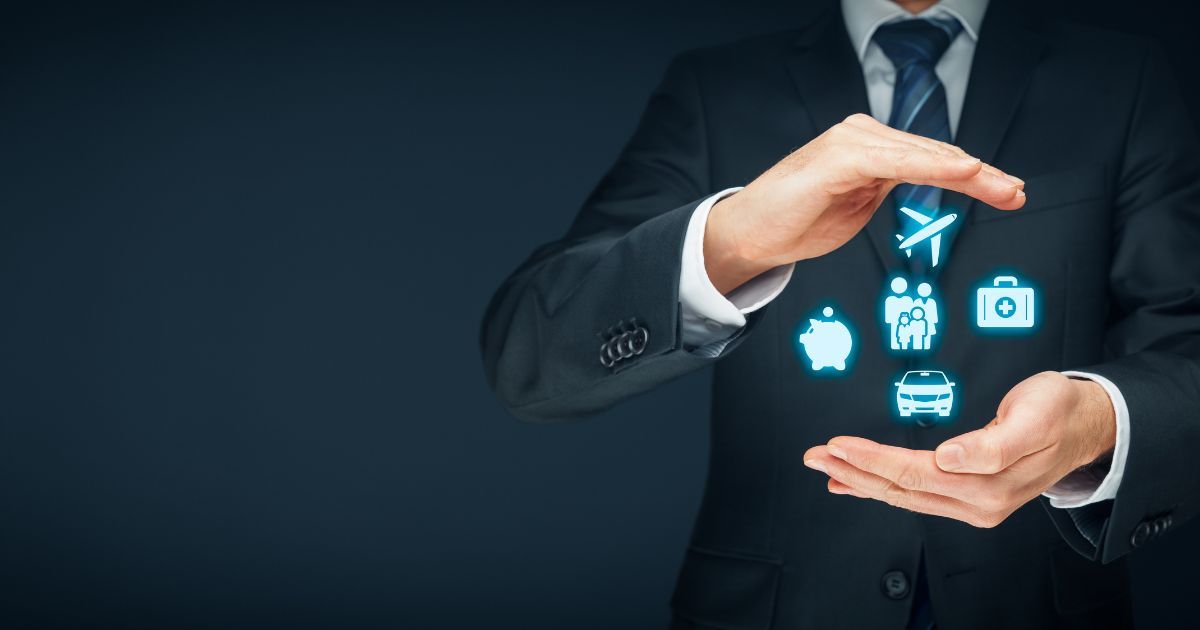
Obtaining Travel Insurance That Covers Camera Gear
Before embarking on your Kilimanjaro adventure, ensure that your travel insurance policy covers your camera gear in case of damage, theft, or loss. This added protection will give you peace of mind during your hike.
Pro tip: Shop around for a policy that specifically caters to photographers and provides adequate coverage for your gear.
Bringing Backup Equipment in Case of Damage or Malfunction
Accidents happen, so it's wise to bring backup equipment, such as an extra camera body, lens, or memory card, in case of damage or malfunction. This ensures you won't miss any photo opportunities during your once-in-a-lifetime hike.
Think of your backup equipment as a spare tire on a road trip - you hope you won't need it, but it's essential to have just in case.
Storing Digital Backups of Your Photos Throughout the Hike
Protect your precious memories by regularly backing up your photos during your Kilimanjaro hike.
- Use a portable hard drive, cloud storage, or multiple memory cards to store digital copies of your images.
- Make a habit of backing up your photos each evening at your campsite to ensure your memories are safe and secure.
Bottom Line
Protecting your camera gear during a Kilimanjaro hike is essential for a successful and memorable photography experience.By implementing the advice outlined in this article, you'll be well-prepared to capture stunning images while keeping your equipment safe and sound.
So, grab your camera, lace up your hiking boots, and get ready to embark on an unforgettable adventure!
Recommended For You...
